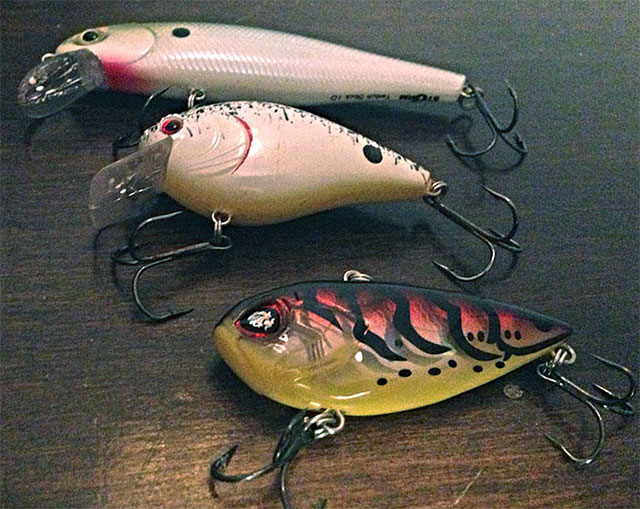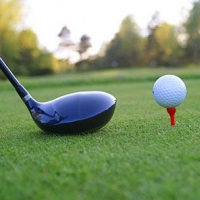
It's hard to narrow down to the top best lures for prespawn bass. But if I had to pick three, I choose a jerkbait, squarebill and lipless crankbait.
During the prespawn, bass are on the move and fattening up for the spawn. Anglers targeting big prespawn females often have to cover a lot of water to find exactly where they're staged. If available, bass tend to target shad during this time, and this is where these three presentations come into play. These lures mimic shad and allow anglers to cover water quickly.
Jerkbait
A jerkbait is deadly in colder water temperatures, and for good reason. A good suspending jerkbait allows anglers to pause during the retrieve, allowing the bait to stay in the strike-zone for as long as needed. Depending on how cold the water is, the pause may need to last up to 10 seconds.
The general rule is, the colder the water, the longer the pause. Jerk-jerk-pause is the most common retrieve, but variance is key here. Fish will prefer one style of retrieve over another on any given day, so make sure to experiment.
Don't be afraid to modify your jerkbaits to give variance on how they suspend as well. There are times when bass prefer a jerkbait suspending nose up, sometimes nose down. There are even times when a jerkbait that sinks very slowly can be the ticket. Tackle manufacturers make suspend strips and suspend dots, but I prefer adding small-diameter lead wire to my treble hooks to modify how a jerkbaits suspends.
Squarebill Crankbait
Squarebill crankbaits really begin to shine once water climbs to around 55 degrees. The colder the water, the slower the retrieve. If prespawn bass are chasing shad, then a squarebill is a good bait option.
The key to triggering strikes with a squarebill is to bounce it off of cover. Whether it means digging the crankbait into rock, bouncing off wood or ripping through grass, better success comes when the lure is in contact with cover.
It may seem silly to run a lure loaded with treble hooks into thick cover, but the design of squarebills helps deflect the lure from cover.
Lipless Crankbait
Like jerkbaits, lipless crankbaits tend shine in colder water temperatures. Out of the other two options, lipless crankbaits can be retrieved the fastest, which allows anglers to cover the most water.
A lipless crankbait weighing 3/8 of an ounce is a good option for shallower water, while ½-ounce versions are better suited for deeper water.
Burning a lipless crankbait is the most common retrieve used. If a fast retrieve fails to produce strikes, change it up by moving the rod from side to side during the retrieve, or by killing the retrieve for a few seconds.
Things You Need to Know About the PING Dot System

Which Golf Club Should You Be Using? - Is There A Difference?


Copyright © www.mycheapnfljerseys.com Outdoor sports All Rights Reserved